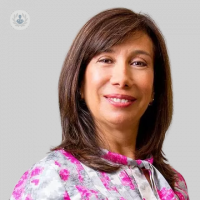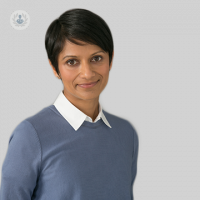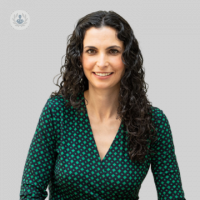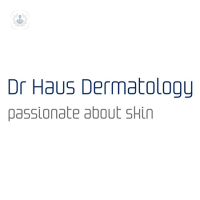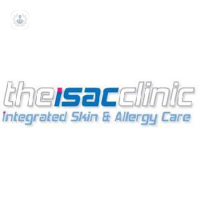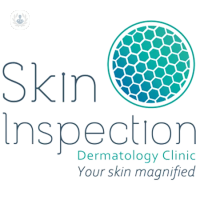Paediatric dermatology
Dr Emilia Duarte Williamson - Dermatology
Created on: 11-13-2012
Updated on: 06-07-2023
Edited by: Conor Lynch
What is paediatric dermatology?
Paediatric dermatology is a dermatology subspeciality that studies, prevents, and treats skin conditions occuring in children. There are many skin conditions that appear in childhood, some of which are also common in adults but affect children and teenagers differently.
The most common conditions include dermatitis (seborrhoeic, atopic, or nappy rash), infections (warts, verrucas, or impetigo for example), genetic disorders, acne, cherry angiomas, or vascular injuries. Children’s skin is different to adults’ skin and it needs specialist care and treatment for all conditions.

What conditions are treated?
Paediatric dermatology deals with all skin-related conditions. Children may develop particular skin conditions that need to be treated specifically. Early diagnosis can help prevent conditions from turning into long-term problems as an adult. The most common conditions include:
- Atopic dermatitis (eczema): is a chronic condition, however, taking good care of your skin can help alleviate some symptoms that normally appear on the face, scalp, or other parts of the body. It often appears at around 3 months. The first symptoms are flaking of the skin and a rash.
- Warts or verrucas: these are normally caused by the Human Papillomavirus (HPV) and can appear on the hands, feet, elbows, and knees.
- Molluscum contagiosium: is a contagious viral infection. It affects children who have atopic dermatitis (eczema) due to deficiencies in the skin barrier. - Angioma and haemangioma: these are more commonly known as birthmarks.
- Acne: this condition tends to affect teenagers more and as a result it often affects their self-esteem. There are varying levels and some can leave scars.
When should you see a paediatric dermatologist?
It is important to have regular dermatological check-ups throughout childhood. It is important to have skin check-ups at least once a year. New moles should be looked at and old ones should be monitored, especially if they have increased in size. During the first months of life, dermatological examinations can detect potentially serious conditions and prevent problems developing in adulthood.
